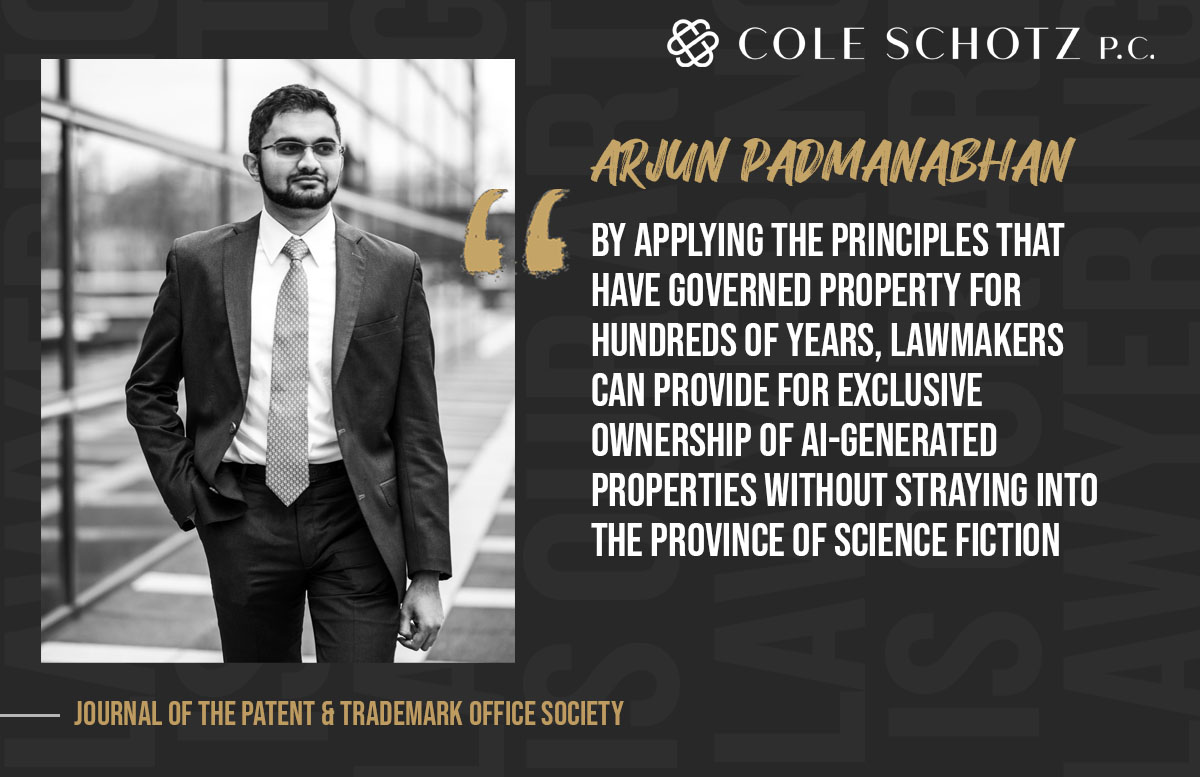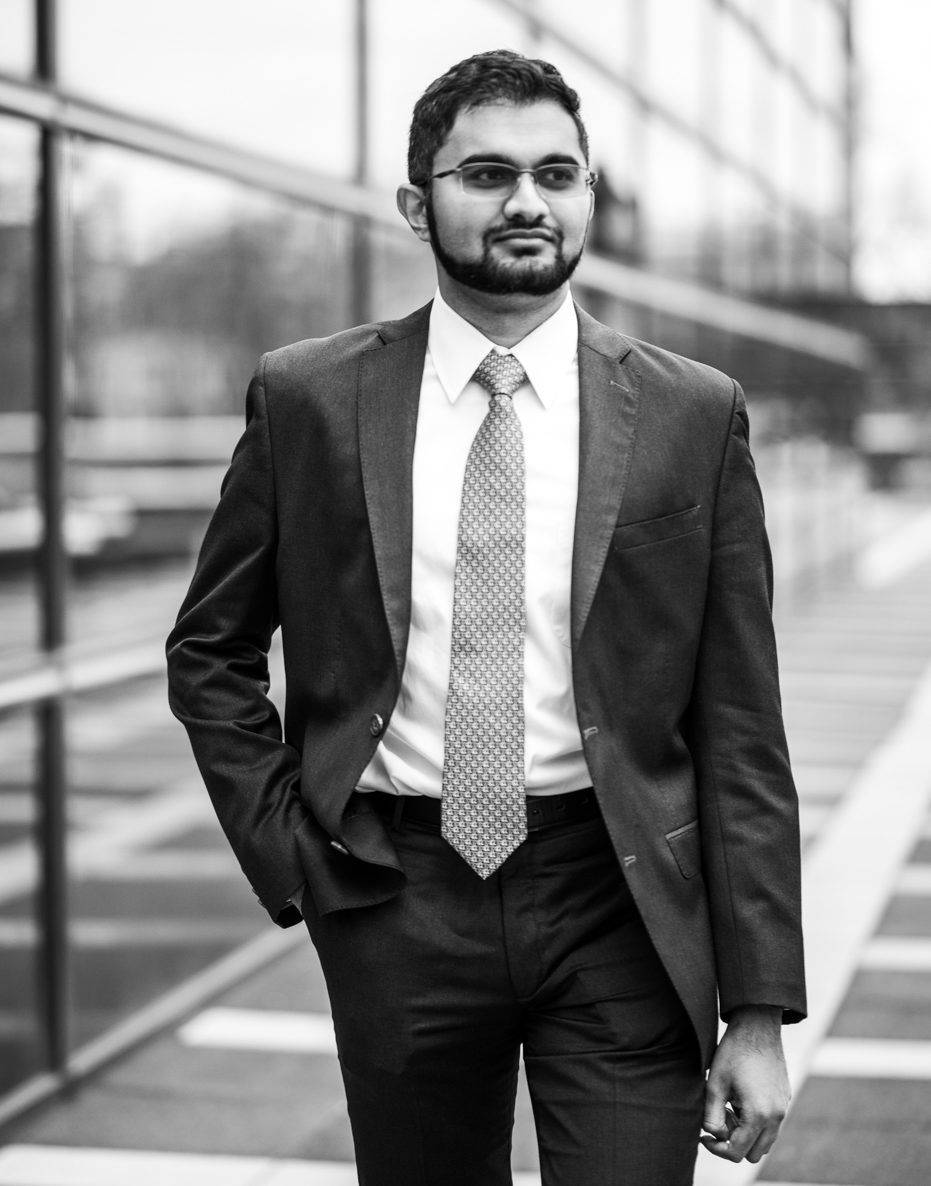A Common Law Theory of Ownership for AI-Created Properties

While many of us have been waiting to leverage AI tools in our professional and personal lives, intellectual property law was not prepared for a world where non-humans are creating works such as new inventions, music, literature, and art. In this article featured in a special edition of the Journal of the Patent and Trademark Office Society, IP associate Arjun Padmanabhan, alongside co-author Tanner Wadsworth, offers a critical analysis of the current US intellectual property regime and provides a theoretical framework for determining AI-created property ownership so that AI users and owners can claim property rights over certain AI-created works. By drawing on ancient principles, such as the law of capture and the doctrine of accession, Arjun and Tanner propose a practical solution to the contemporary challenge of assigning ownership over AI-generated properties.
The special edition, Volume 104 no. 1, is dedicated to addressing artificial intelligence and inventorship. The USPTO stated its intention to closely follow the scholarship published in this special edition to gain valuable insights that could enhance its understanding of current inventorship doctrine, the current and future capabilities of AI systems in the inventive process, and considerations regarding potential modifications to the U.S. patent system.
Please note a subscription is required to access the full text of this article.
No aspect of this advertisement has been approved by the highest court in any state.
Results may vary depending on your particular facts and legal circumstances.
Join Our Mailing List
Stay up to date with the latest insights, events, and more



